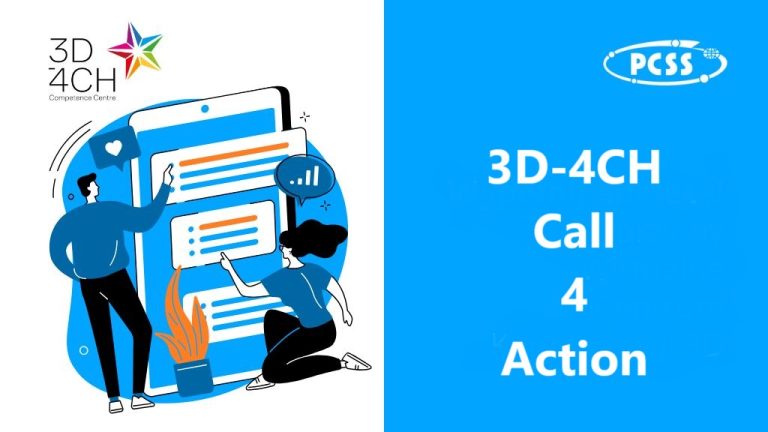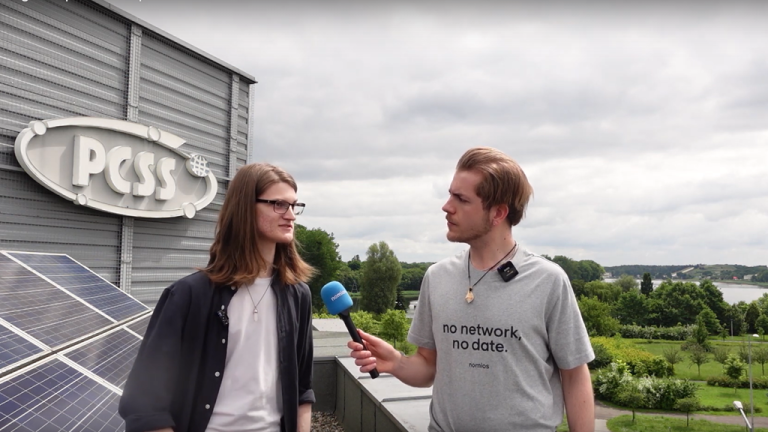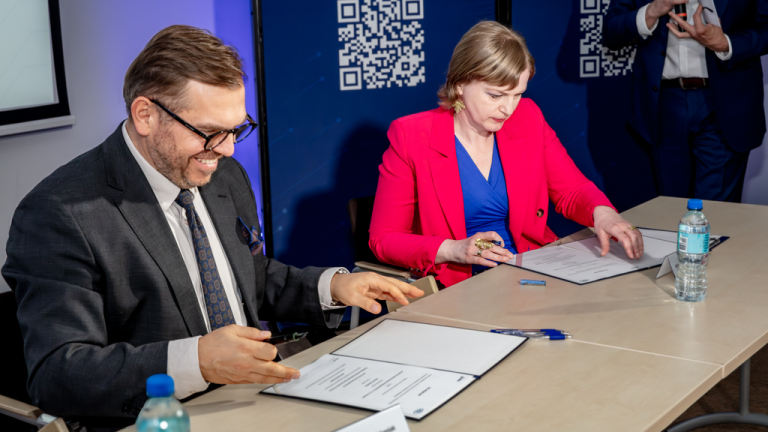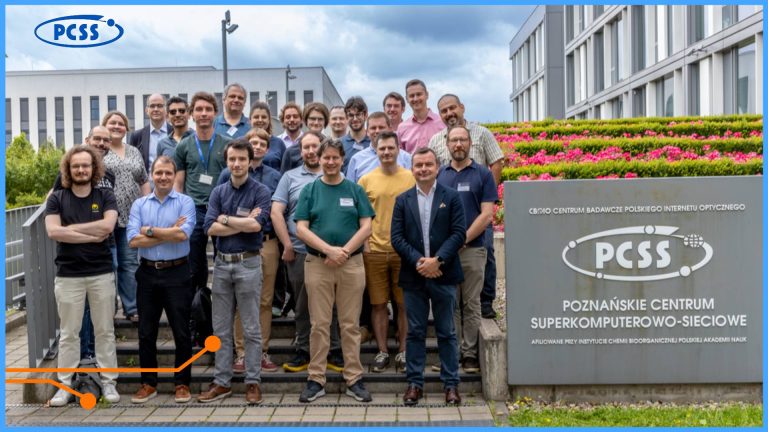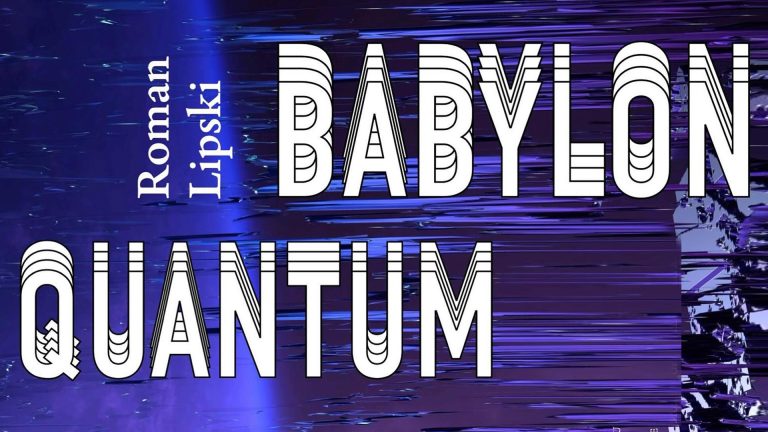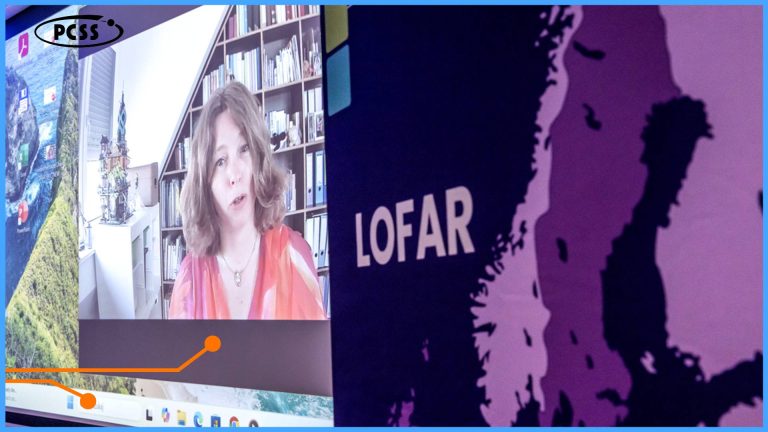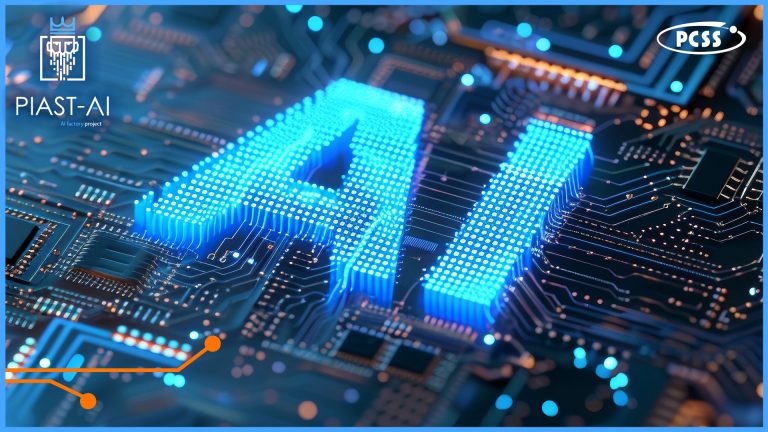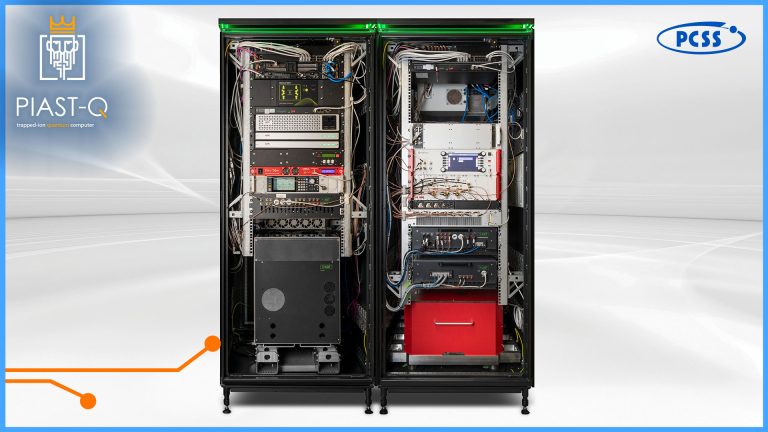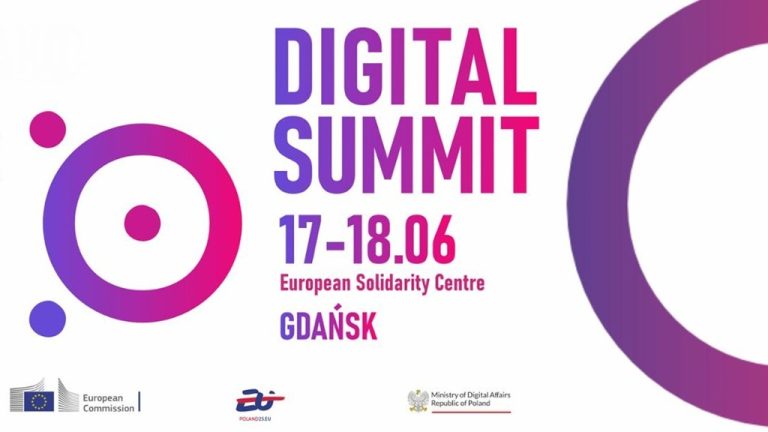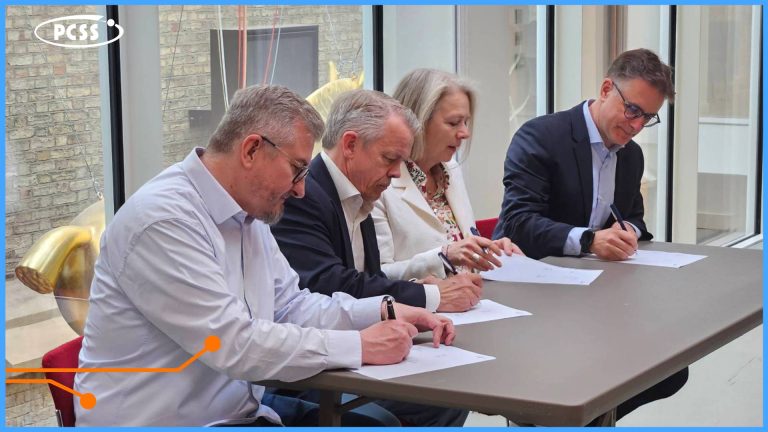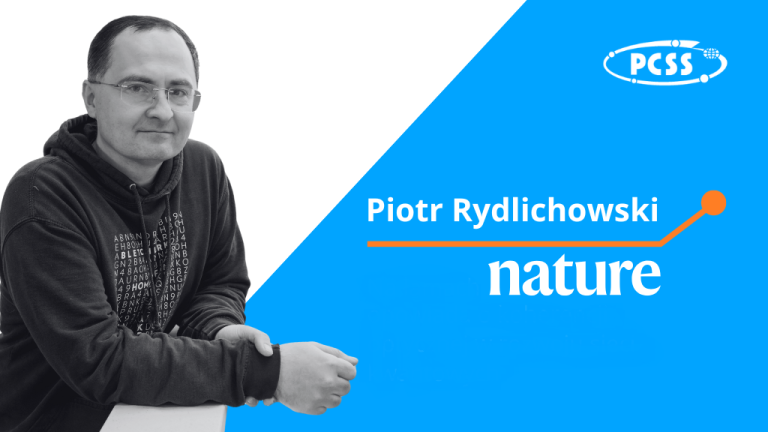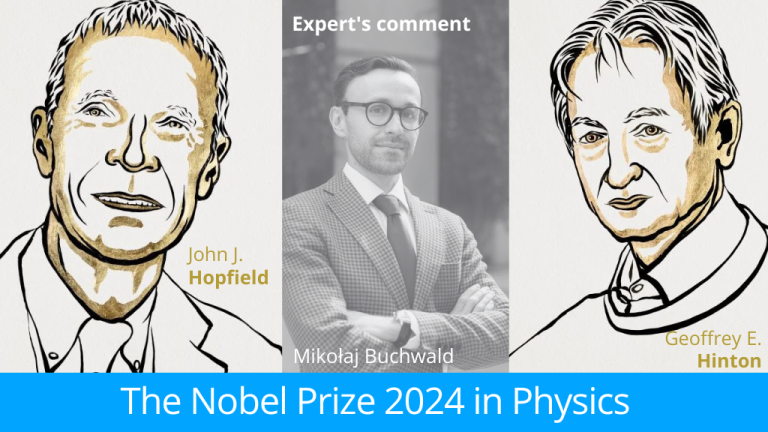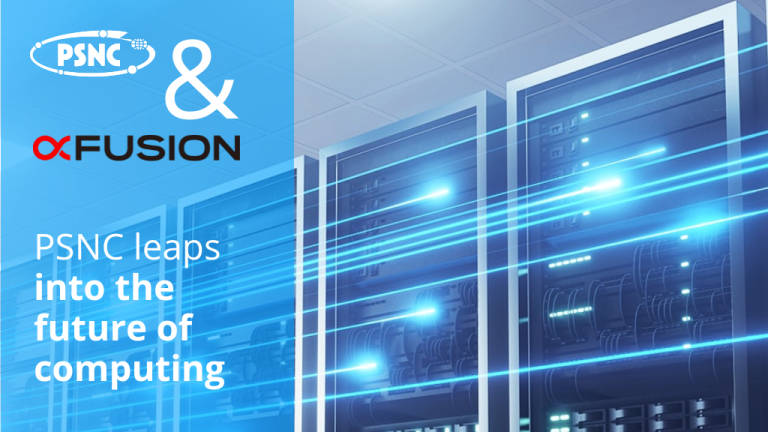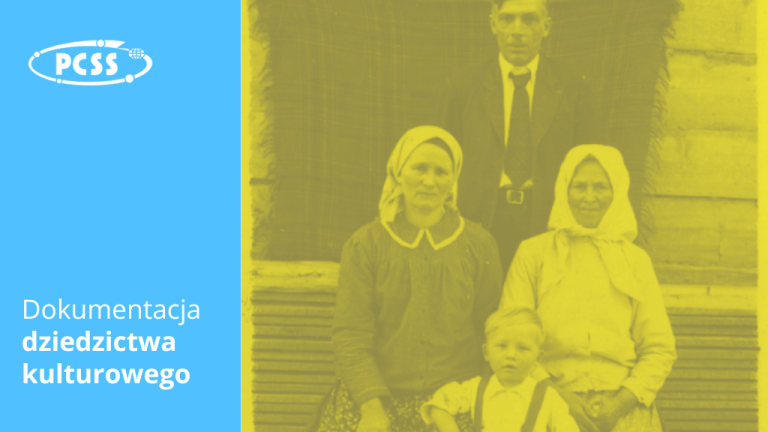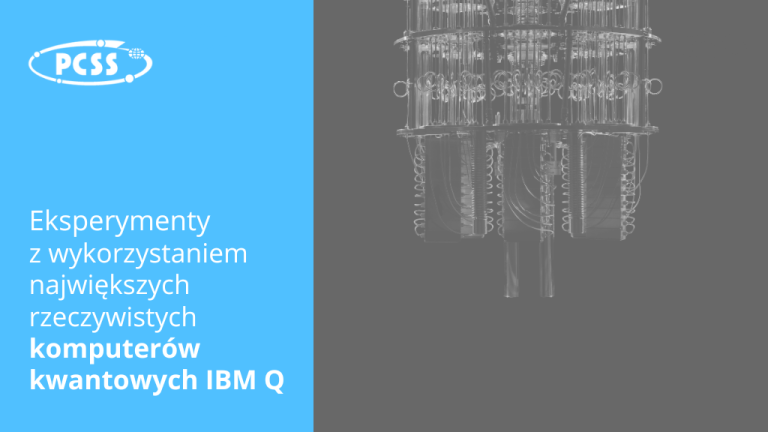– In the eDWIN project, we use modern information technologies. Our goal is to implement innovation and digitize agriculture – says Maciej Zacharczuk, project manager from the Wielkopolska Agricultural Advisory Center in Poznan.
Technological heart of the project
The key role, in terms of the technological background of the project, is played by Poznan Supercomputing and Networking Center. It is there that the server rooms containing the infrastructure for the entire project are located and it is PSNC employees who are mainly responsible for the implementation of the project in terms of technology.
– On the other hand, the strategic partner of PSNC in the context of implementing new IT technologies in agriculture is the Wielkopolska Agricultural Advisory Center. The eDWIN project, coordinated by WODR, is one of the main joint ventures – says Marcin Płóciennik, technical coordinator of the project from Poznan Supercomputing and Networking Center.
And he adds: – Our task is to develop software and provide IT infrastructure. This includes both cloud services and data storage space, including 768 terabytes of disk systems located in a modern PSNC data center.
Data centers play a key role in the digitization process, providing both secure infrastructure for data storage and processing, as well as high-quality services supporting data management. What is important, PSNC data center is monitored 24 hours a day.
– Moreover, we are the operator of the broadband Internet network – says Marcin Płóciennik.
And he adds: – This project is a challenge when it comes to coordinating the work of various experts in various fields, both computer science, agriculture and plant protection. Several teams of experts in the field of security, databases, mobile applications, portals, Internet of Things technology, cloud systems and data management are involved. This project is implemented using the latest technologies and IT standards.
eDWIN is not the first project in the field of agriculture at the Center located in Poznan. – PSNC is currently involved in several projects and initiatives in the field of intelligent agriculture. The mentioned eDWIN is one of the elements of a broader IT platform, which provides services in the field of fertilization, biodiversity and selection of varietes, economic management of the farm, bee protection or remote sensing. Additionally, many PSNC projects concern data exchange in agriculture and interoperability – says Marcin Płóciennik.
eDWIN – modern solutions
To understand how important technological background of eDWIN project is, it is necessary to realize that the project assumes creation of national IT system for plant protection, which is to positively influence the quality of food produced in Poland.
The project will benefit from modern solutions such as cloud services, open data storage and data management systems, open programming interfaces, distributed architecture and multi-node data streaming. All these elements will be implemented as open software, ready for integration within larger systems or incorporating smaller external services.
In June 2022, four electronic services will appear on the market, which will be implemented thanks to the new platform and applications developed in the eDWIN project:
– “Virtual farm”,
– “Tracing the origin of products”,
– “Hazard reporting”,
– “Sharing of meteorological data”.
For “Virtual farm”, farmers will have a special website and an application at their disposal, in which they will be able to use a virtual field card. The crop entered into the system will be monitored. Therefore, in the event of a threat of damage to the crop by a disease or pest, the system will inform about it. Just like, for example, about meteorological hazards or advising when to apply plant protection products.
All this will be possible thanks to the appropriate data collection and processing. There will be almost 600 agro-meteorological stations located all over Poland, which also play a significant role in the project.
The app for farmers is not all. The application, which was created especially for agricultural advisors, is already being tested. Thanks to it, they will be able to share their comments with farmers, propose appropriate solutions and check the situation in a given field on an ongoing basis.
The total value of the project is as much as 20,902,583.10 PLN, of which 17,705,089.47 PLN comes from European funds, while the rest comes from the state budget. The originator of the eDWIN project was the Wielkopolska Agricultural Advisory Center in Poznan. There are also 18 other units: Poznan Supercomputing and Networking Center, Institute of Plant Protection – National Research Institute, Agricultural Advisory Center in Brwinow and voivodeship agricultural advisory centers. Moreover, eDWIN is under the patronage of the Ministry of Agriculture and Rural Development. The project will be completed in May 2022.
The project “Internet Platform for Advising and Decision Support in Integrated Plant Protection” implemented under Measure 2.1 “High availability and quality of public e-services” of Priority Axis II “E-government and open government” of the Digital Poland Operational Programme 2014-2020. The project funding agreement was signed with the Digital Poland Projects Centre on 19 June 2019. The total value of the project is PLN 20,920,508.02, of which PLN 17,689,792.53 from European funds, with the rest coming from the state budget.
Watch the eDWIN project video.


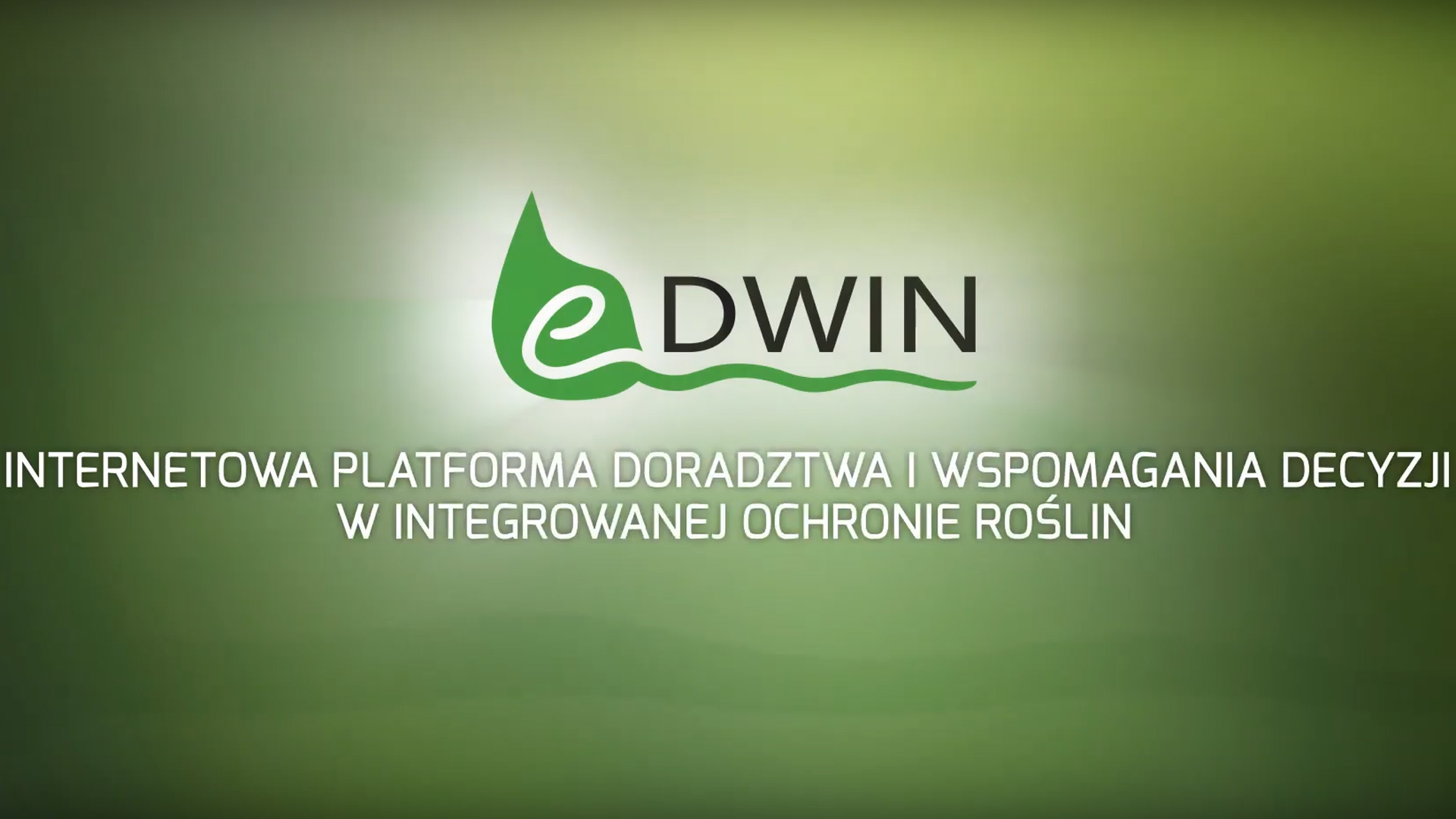
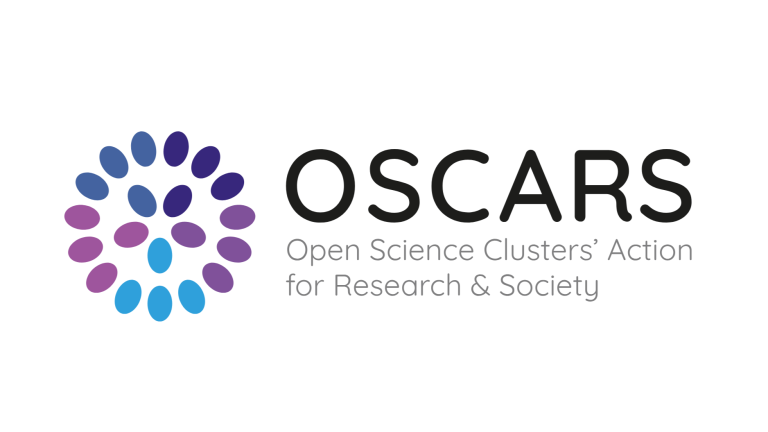
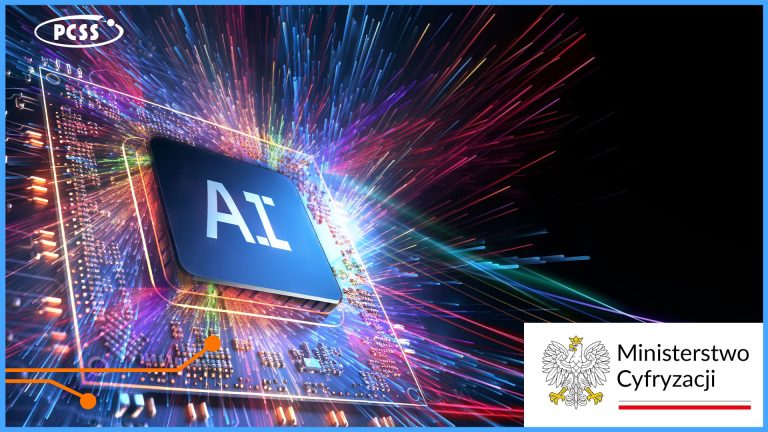
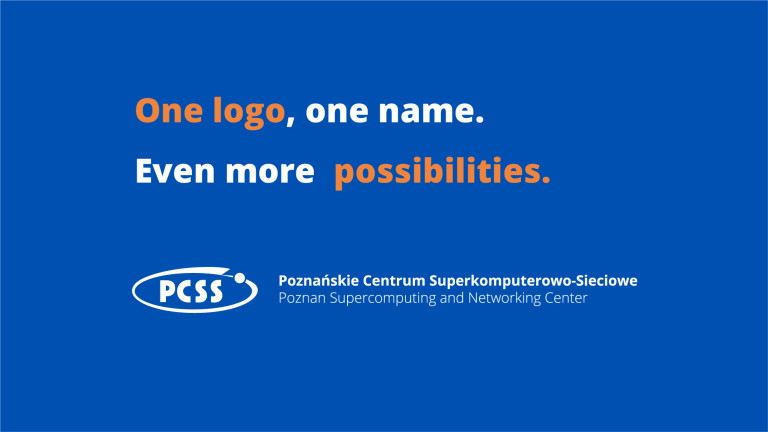
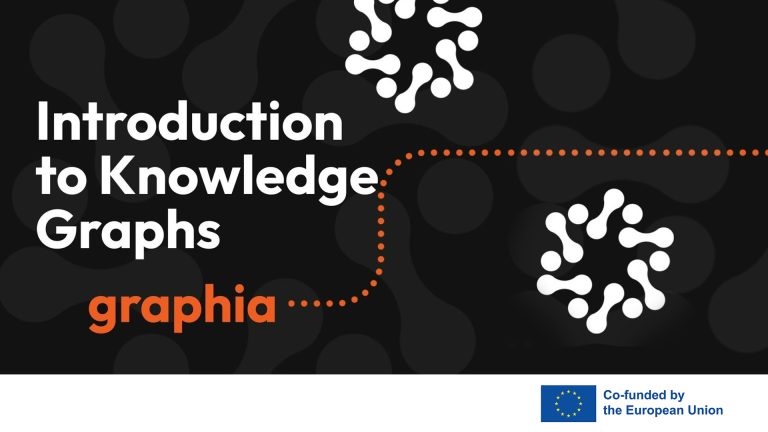
![The image displays the word "LUMEN" in a stylized, outlined font, with different letters connected by lines and arrows to various academic disciplines. The letters "L" and "U" on the left are linked to "Mathematics [Maths]" and "Social Sciences and Humanities [SSH]," while the letters "M," "E," and "N" on the right are associated with "Earth System Science [ESS]" and "Molecular Dynamics [MD]." The overall design suggests an interconnectedness of these fields, potentially illustrating the interdisciplinary nature of something represented by "LUMEN".](https://www.psnc.pl/files/2025/05/lumen2_EN-768x432.jpg)
